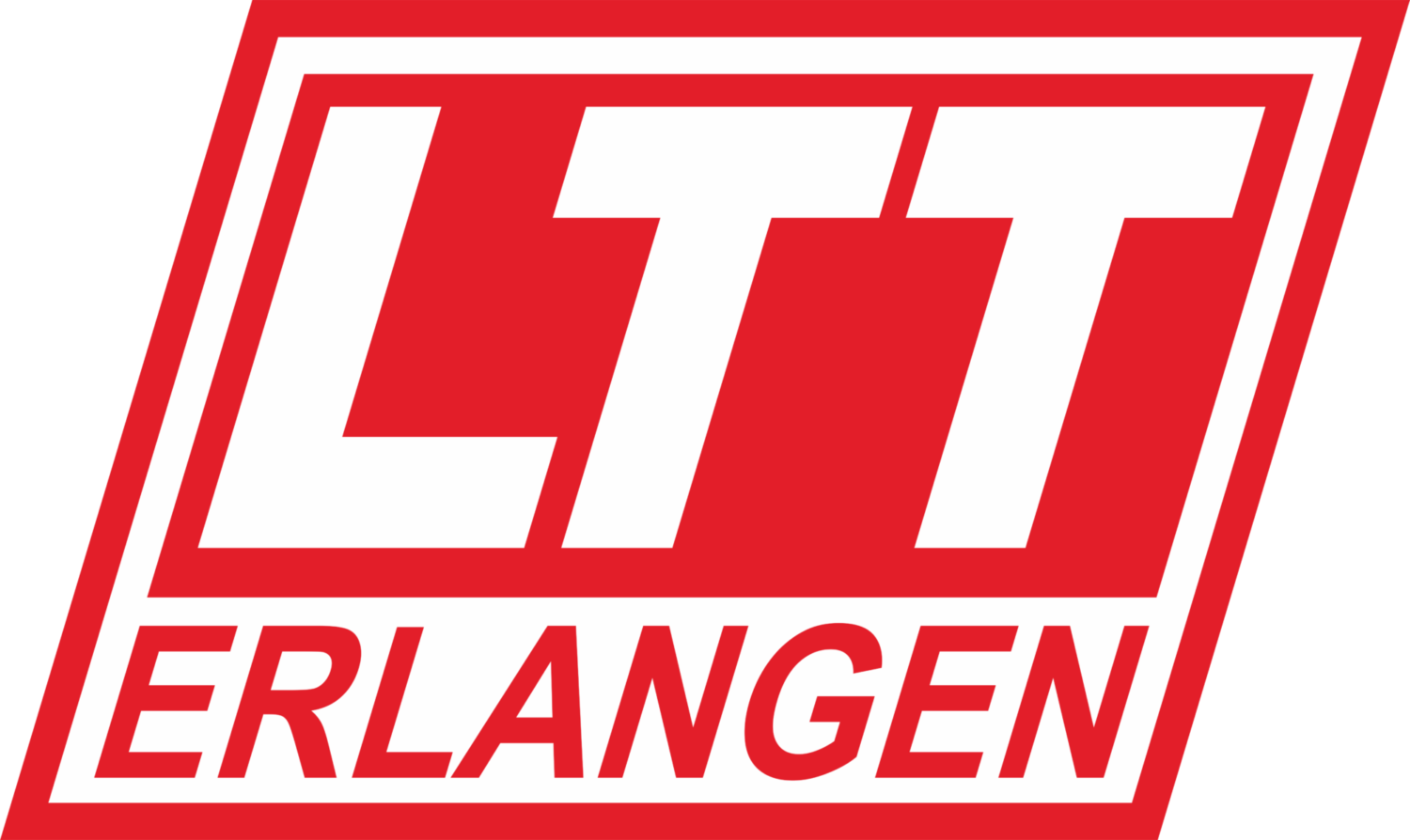Particle Measurement
Dr.-Ing. Franz Huber
Understanding and ultimately controlling the formation of nanoparticles is the central topic of the Particle Measurement group. To this end, we develop laser-optical measurement methods and use them to study nanoparticle formation in the gas and liquid phases.
Nanoparticles occur intentionally or unintentionally in both industrial and scientific fields. For example, many technical combustion processes produce nanoscale soot as an unwanted by-product due to incomplete combustion. On the other hand, industrial soot (carbon blacks) and nanoparticles from a variety of other materials such as metals, semiconductors and their oxides are produced and used on a large scale as highly specified industrial products, for example as fillers, pigments, as flow aids in the food industry or as catalysts and photocatalysts.
For a better understanding of particle formation and thus to be able to better control the corresponding processes, particle properties such as their size and shape, but also optical parameters such as the band gap, must be measured and correlated with process parameters. Measurement techniques that allow a comprehensive characterization of nanoparticles are therefore becoming increasingly important and are the focus of the work of the group Particle Measurement at LTT. The methods developed and used allow an in-situ determination of, e.g., particle concentrations, morphological parameters or optical properties. For a comprehensive understanding of particle formation and optimization, process parameters such as temperature and flow fields or spray development are measured, whereby laser-optical methods are also used here to enable the most complete possible characterization of the formation conditions.


